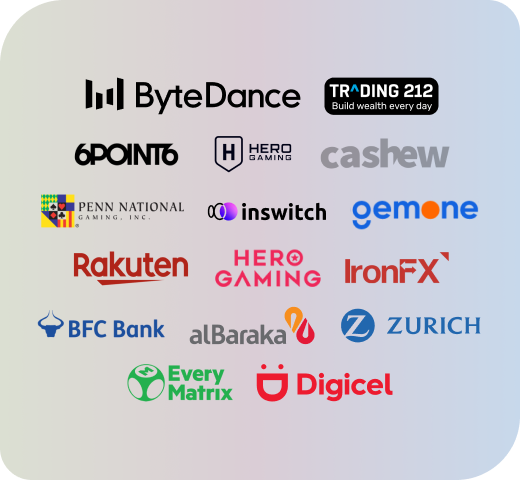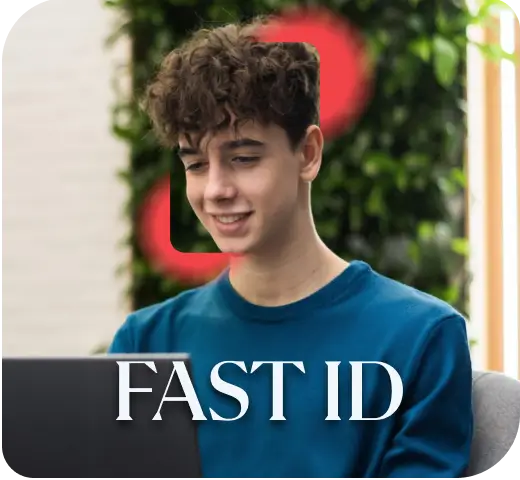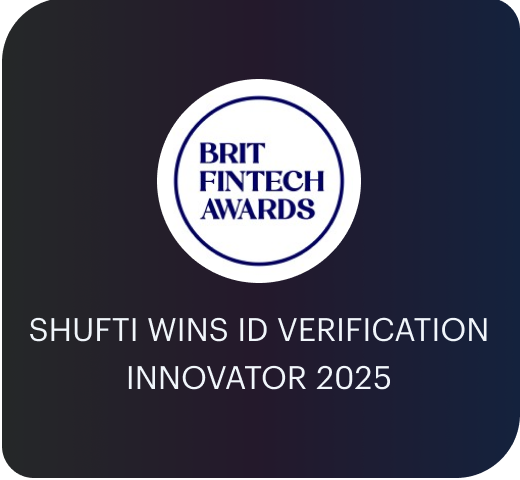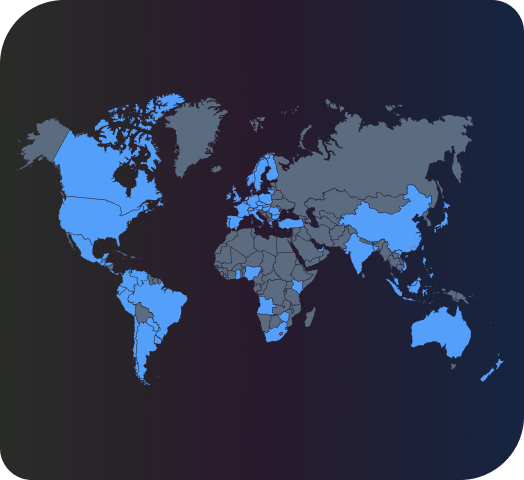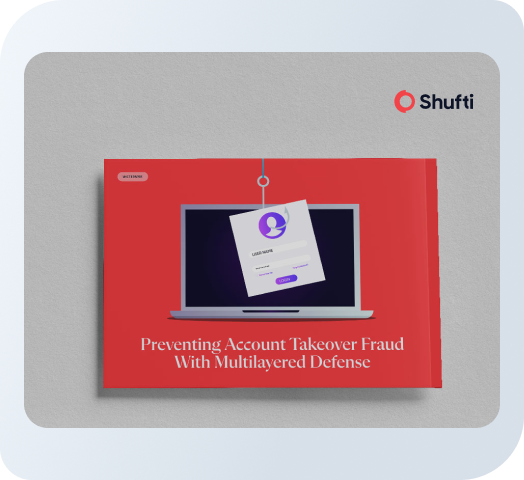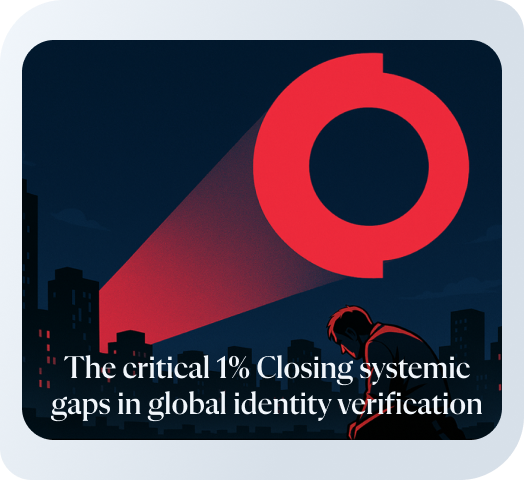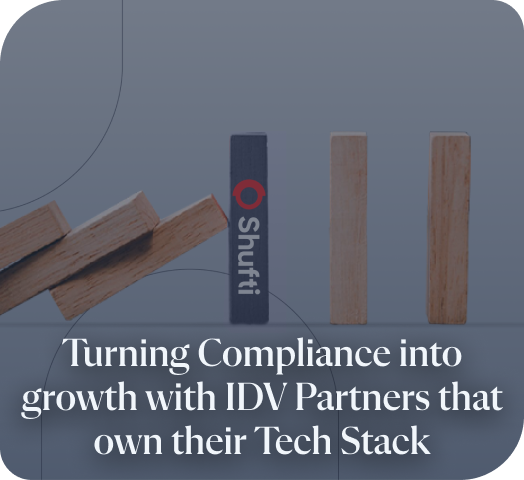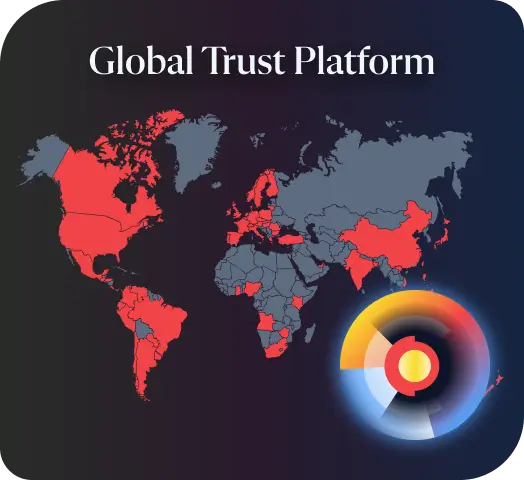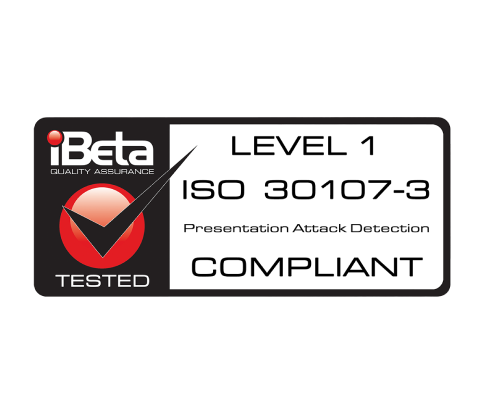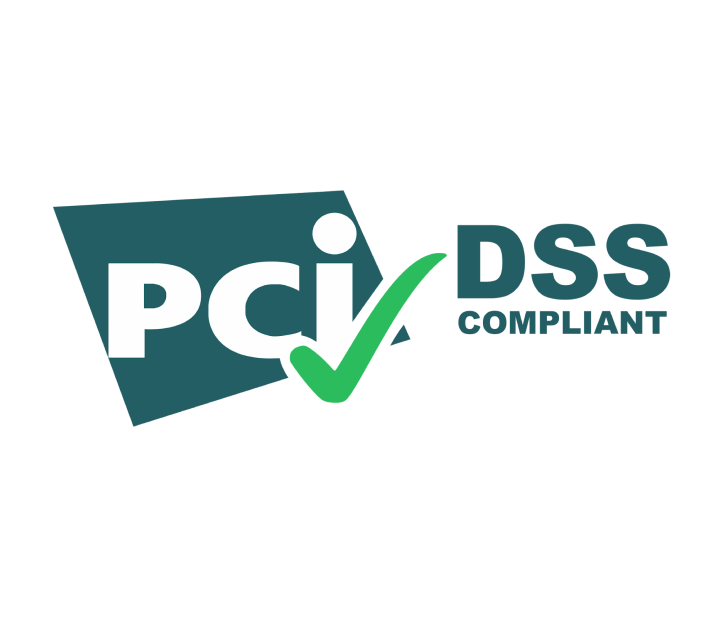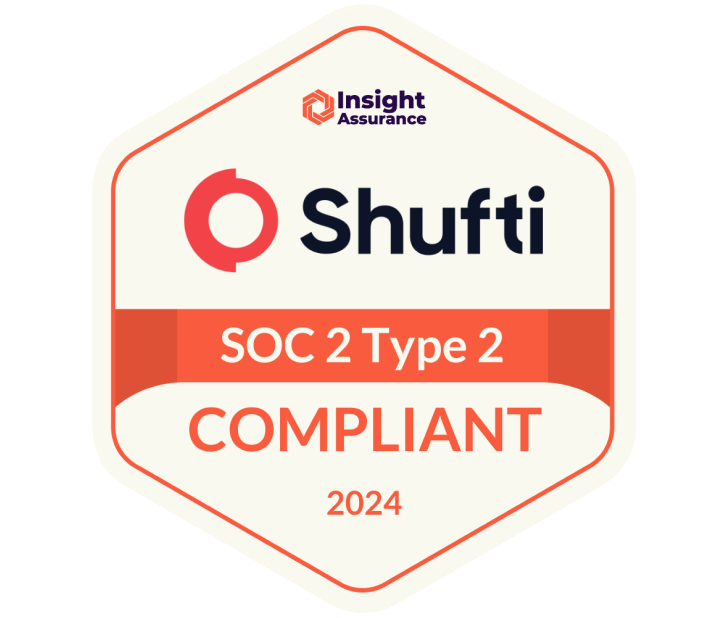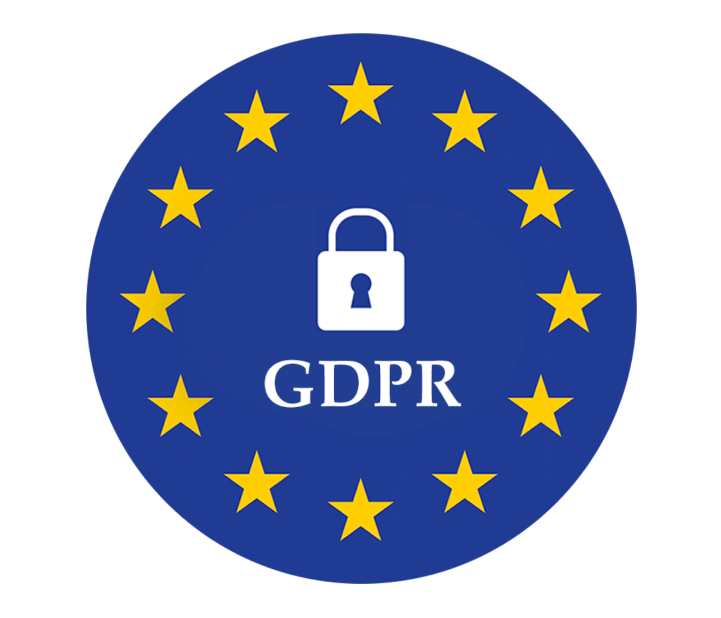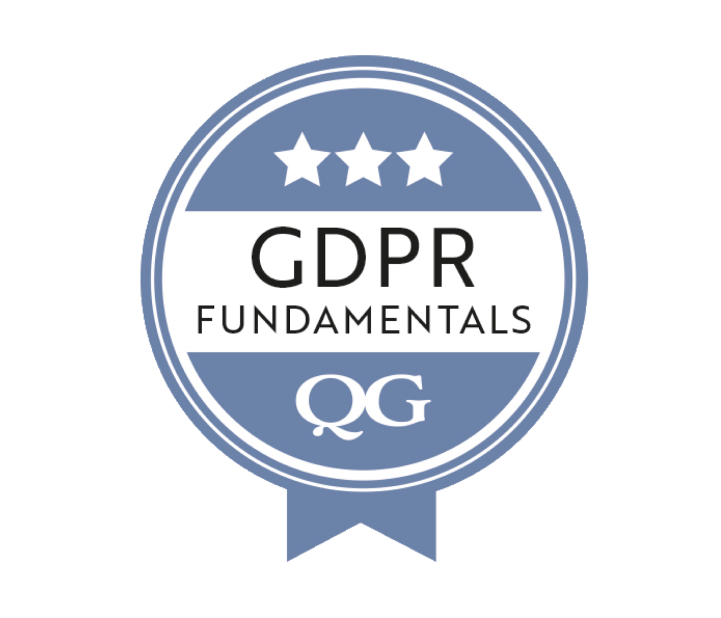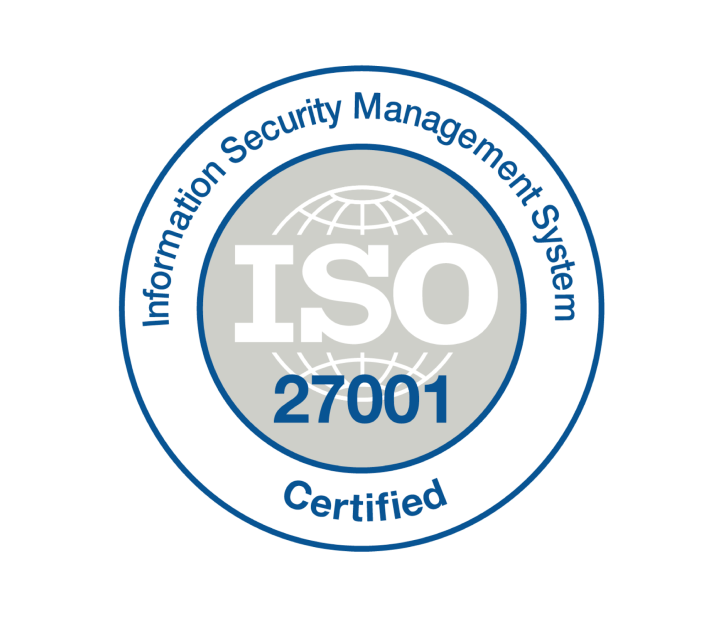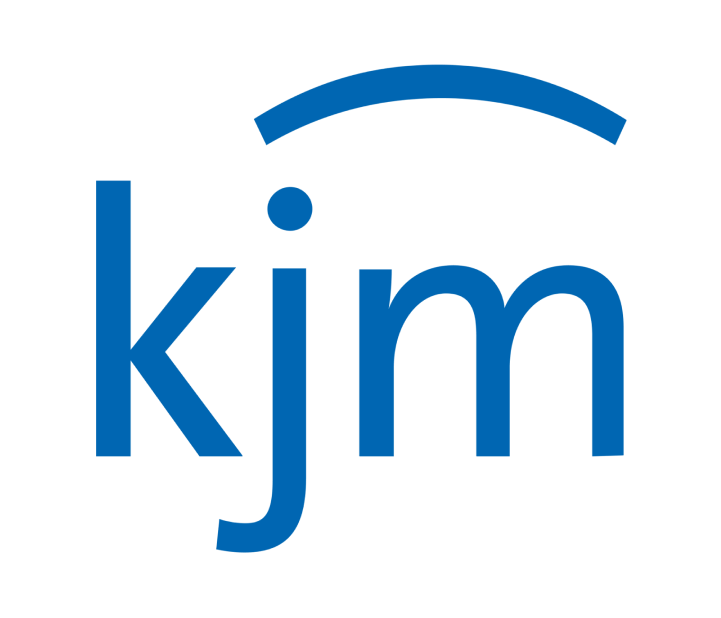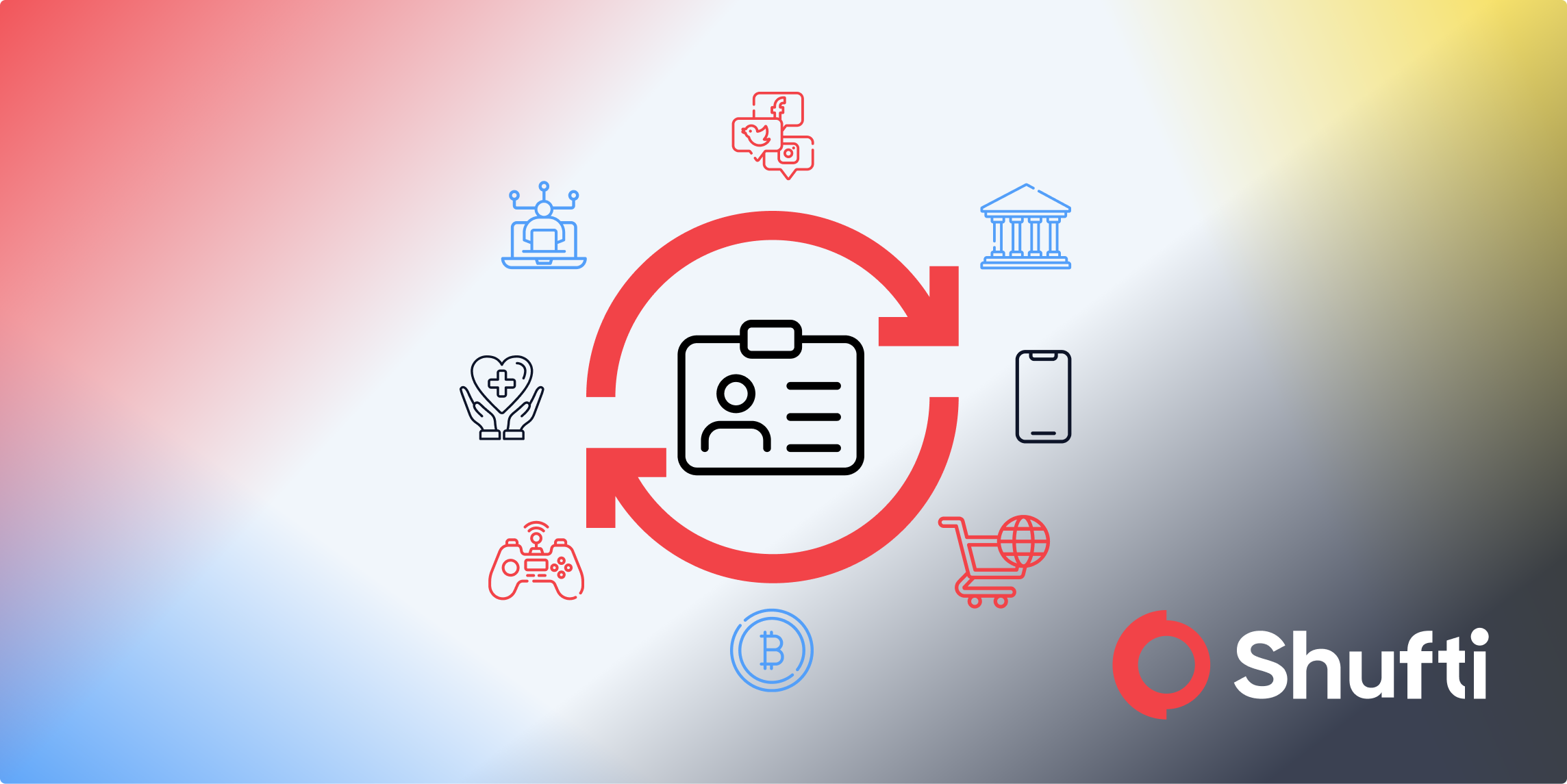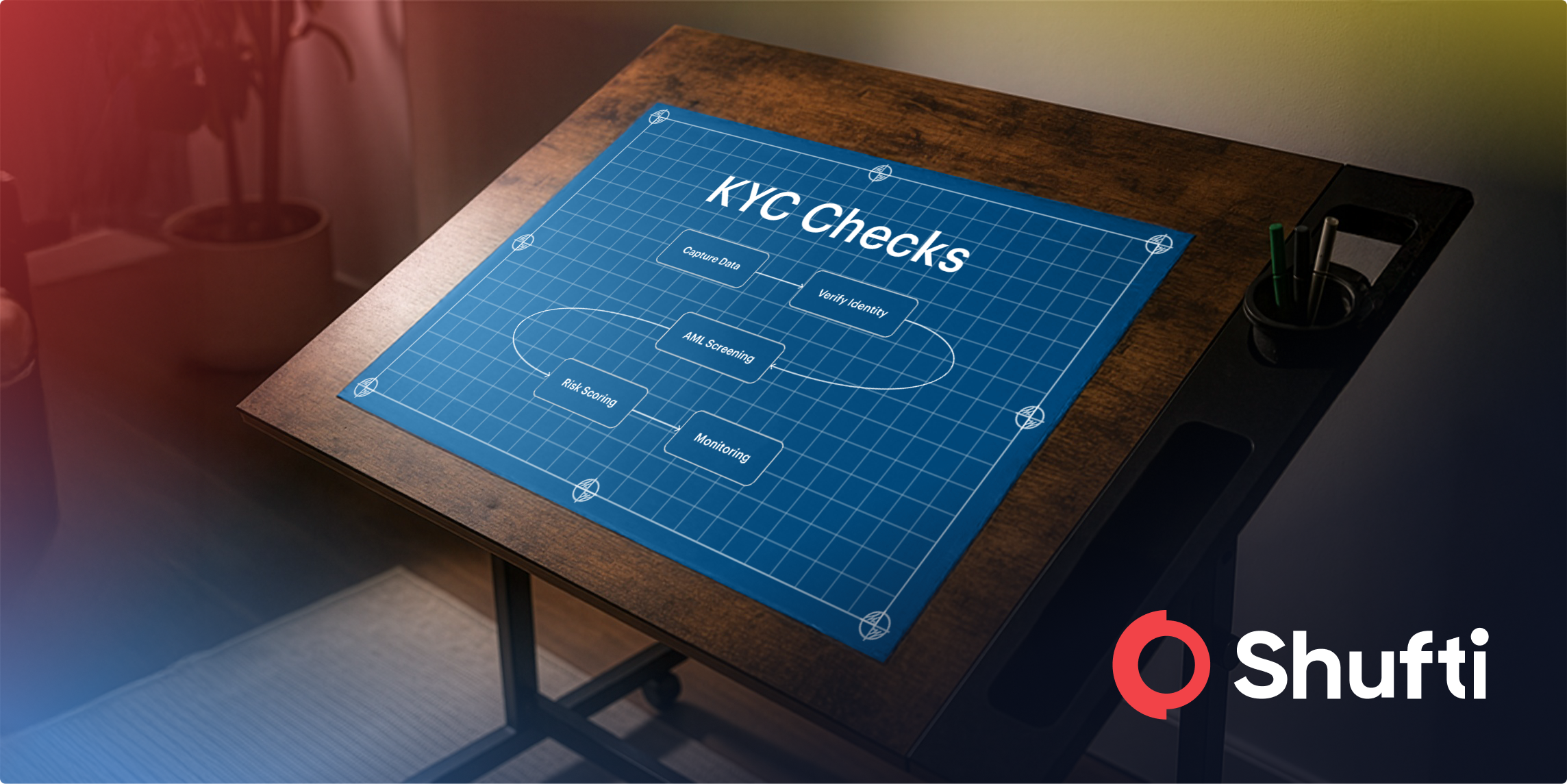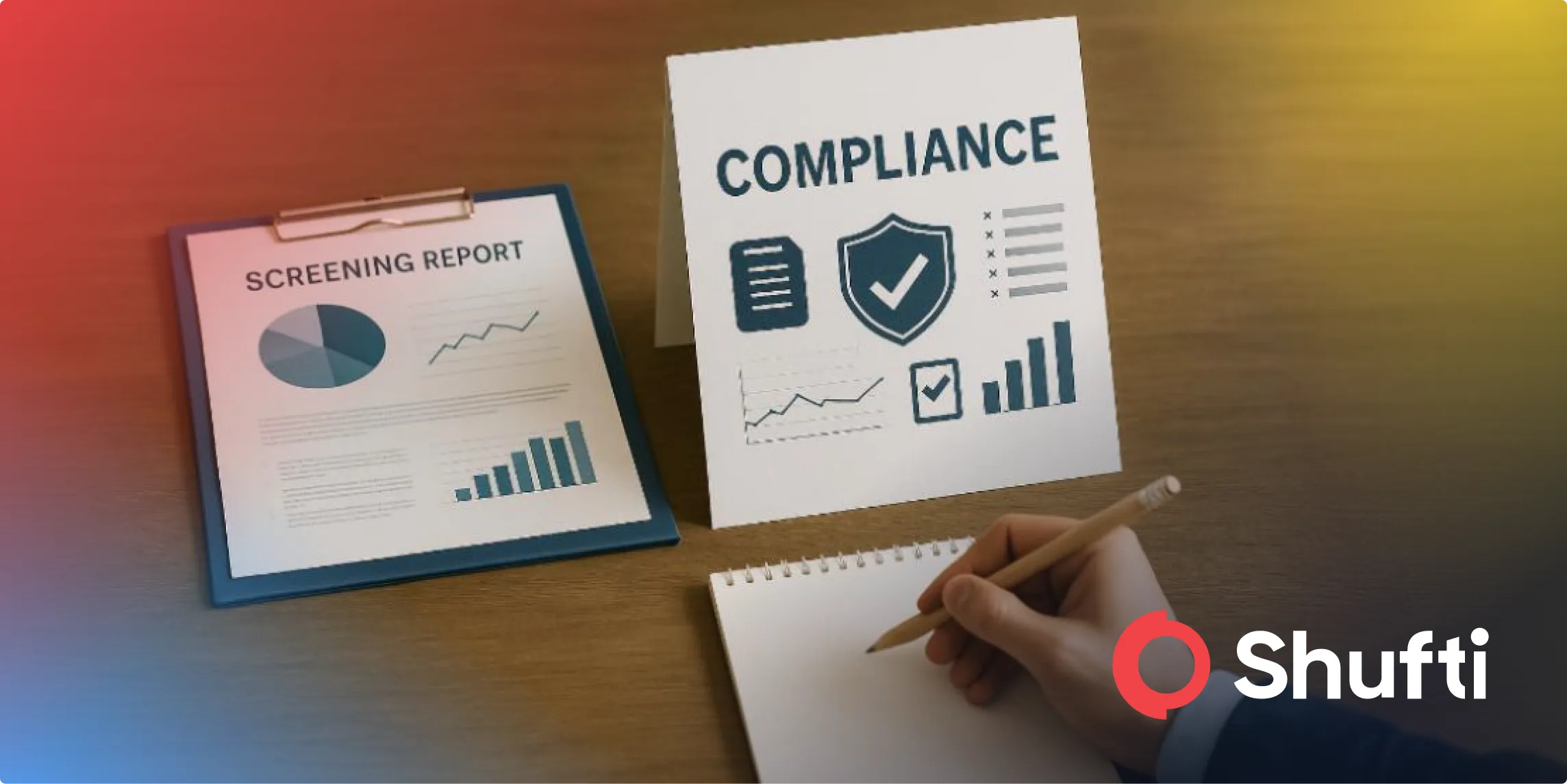How Does Non-Doc ID Verification Help in Frictionless Onboarding
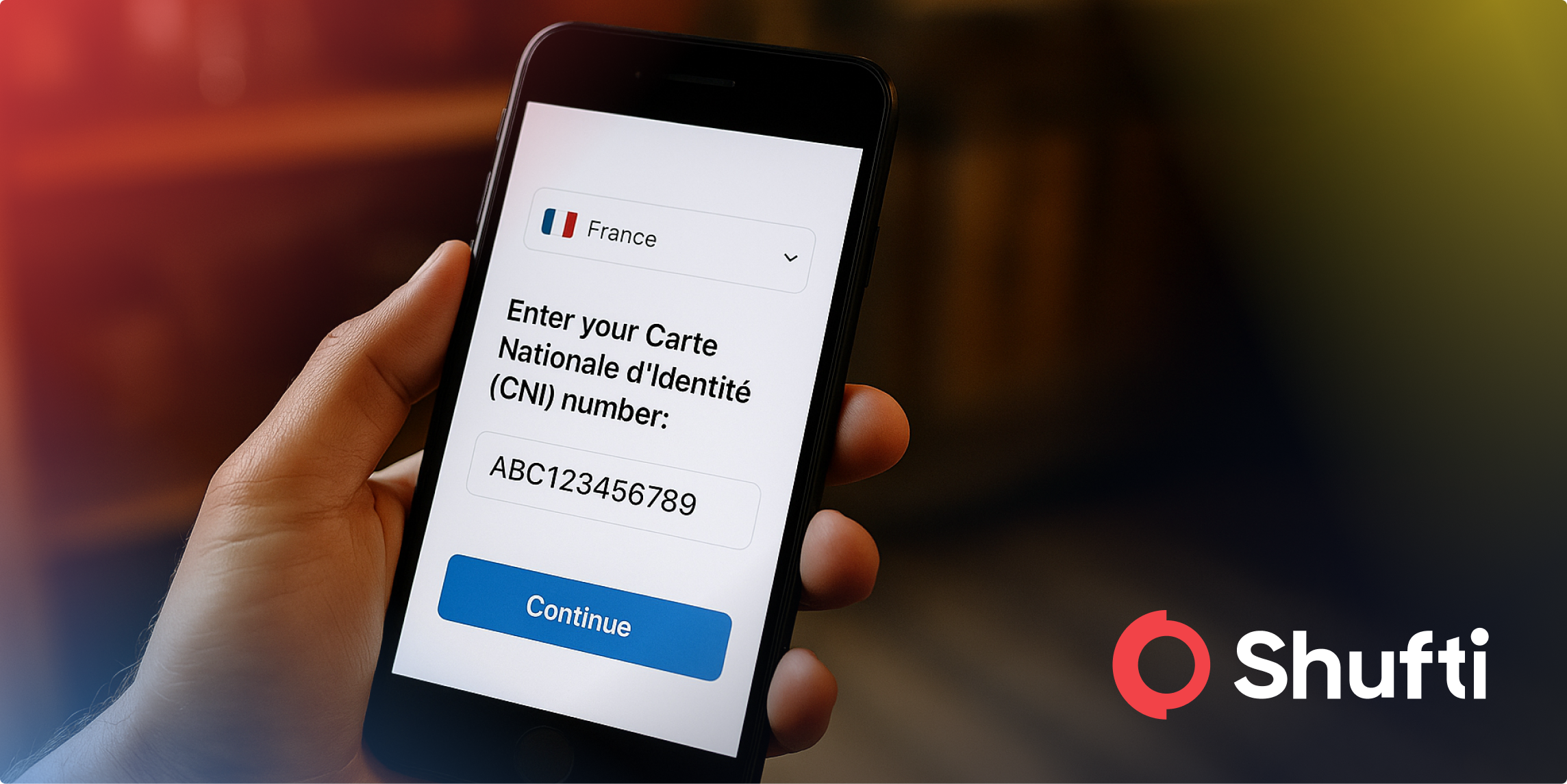
- 01 What is Identity Verification (IDV):
- 02 What is Non-Doc ID Verification?
- 03 What Makes Non-Doc ID Verification Important
- 04 How Non-Doc ID Verification Works
- 05 What are the Challenges of using Non-Doc ID Verification?
- 06 What are the use cases of Non-Doc ID Verification:
- 07 The Legal Framework for Non-Documentary Identity Verification
- 08 Simplify Non-Doc ID Verification with Shufti
Think about the last time your business faced a significant customer drop-out when they were asked to upload ID documents. Maybe the customer went through the long and complex process of uploading those documents digitally to sign up, or maybe they were put off by the effort this exercise would require and left it incomplete.
How can your business verify user identities in a way that increases customer acquisition?
Non-Doc ID Verification is an identity verification method that makes signing up for a service easier than ever. Imagine onboarding a user in seconds, with zero document upload. No scans, no photo, no ID, just a streamlined identity confirmation in the background. That’s the promise of non-document (non-doc) verification.
But can document-free ID verification really deliver on security, compliance, and user trust? In this article, we’ll unpack how non-doc ID verification works, what are the different methods to verify identity without document uploads, and how businesses can reduce friction using non-doc ID verification.
What is Identity Verification (IDV):
Identity verification, as the name implies, is a method of confirming that someone is who they say they are. It is a process of confirming the identity of an individual.
An example of ID verification is when the customer tries to open a bank account in their name, or when a customer applies for a driver’s license, they are requested to present documents (such as their ID, SSN, date of birth, etc.) that verify their unique identity.
IDV can take several forms. Depending on the type of service required, businesses may request
- Documentary verification – taking a picture of a government-issued ID, SSN, and Birth Certificates and uploading them online.
- Digital Verification – an electronic method of verifying digital copies of your ID documents, without the need to physically take a picture and upload the ID documents.
- Photographic verification – some users may be requested to provide liveness checks through a real-time selfie or a series of selfies.
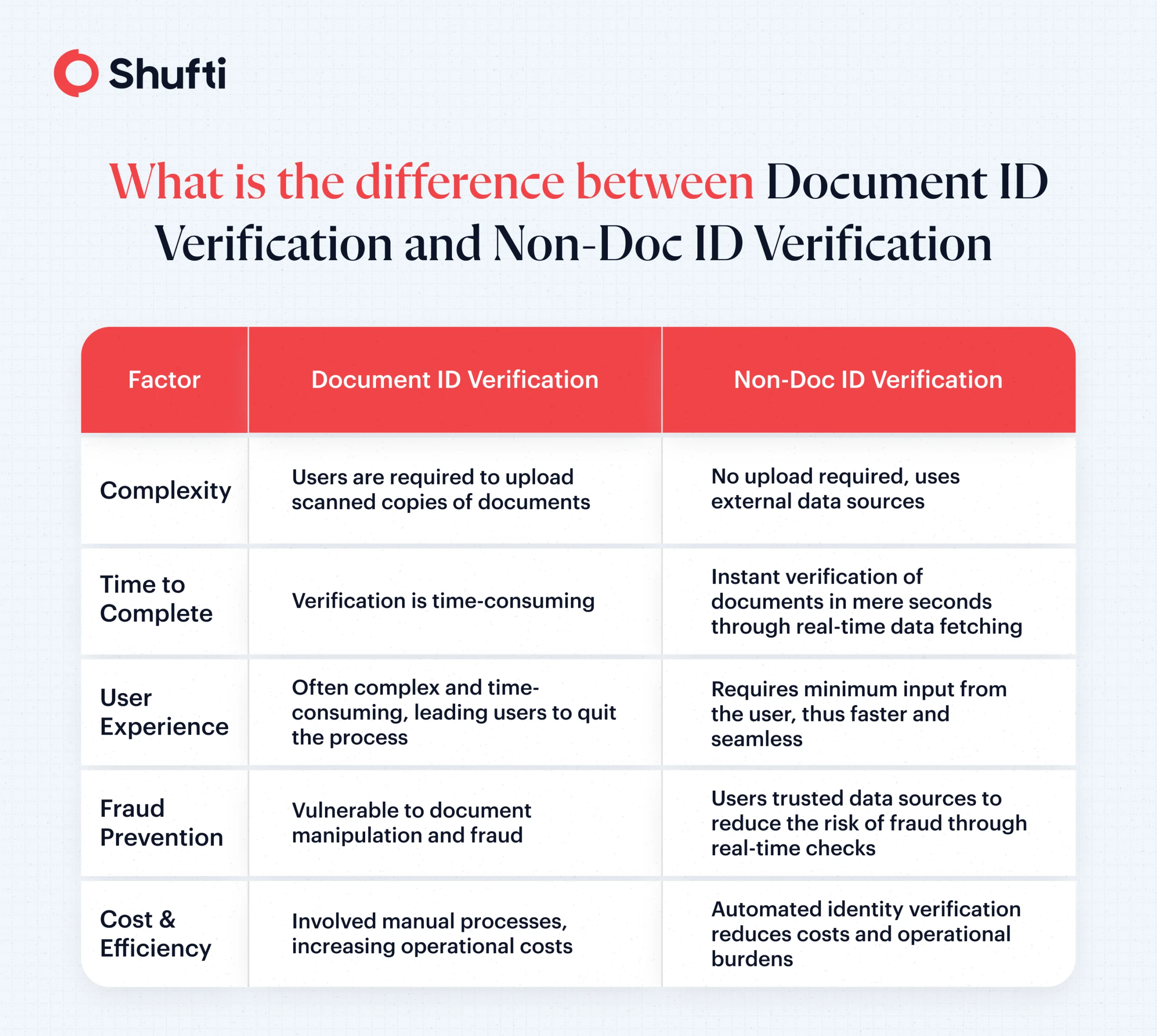
What is Non-Doc ID Verification?
Simply put, non-doc ID verification is a modern process of verifying identity without the need to upload any ID documents. This document-free verification refers to the process of verifying a user’s identity without requiring them to upload their government-issued ID or any other identity documents.
Instead, the system cross-checks user data (name, date of birth, ID/SSN, address) against trusted databases such as government records, credit bureaus, and banking data etc.
In some cases, a typical non-doc ID verification process also includes a biometric or liveness (selfie) check as an additional layer of security to confirm that the credentials being verified belong to the right user.
What Makes Non-Doc ID Verification Important
Traditional ID verification processes are time-consuming. Sometimes, users may quit when the verification process becomes lengthy and complex, or when the user does not find the UX friendly and easy to operate.
In such circumstances, non-doc ID verification is the perfect alternative. It checks what matters behind the scenes and moves the right users forward in mere seconds. That means more completed signups, a smoother onboarding process, and fewer support tickets for the compliance team to resolve manually.
Non-doc ID verification allows businesses to start with the lightest check that meets the risk, with the ability to adopt intensive verification measures if the risk increases. Some of the benefits of non-doc verification include:
- Faster path from interest to verified user.
- Hybrid system with the ability to adopt stringent verification measures when needed.
- Lower manual review load and cleaner logs audits.
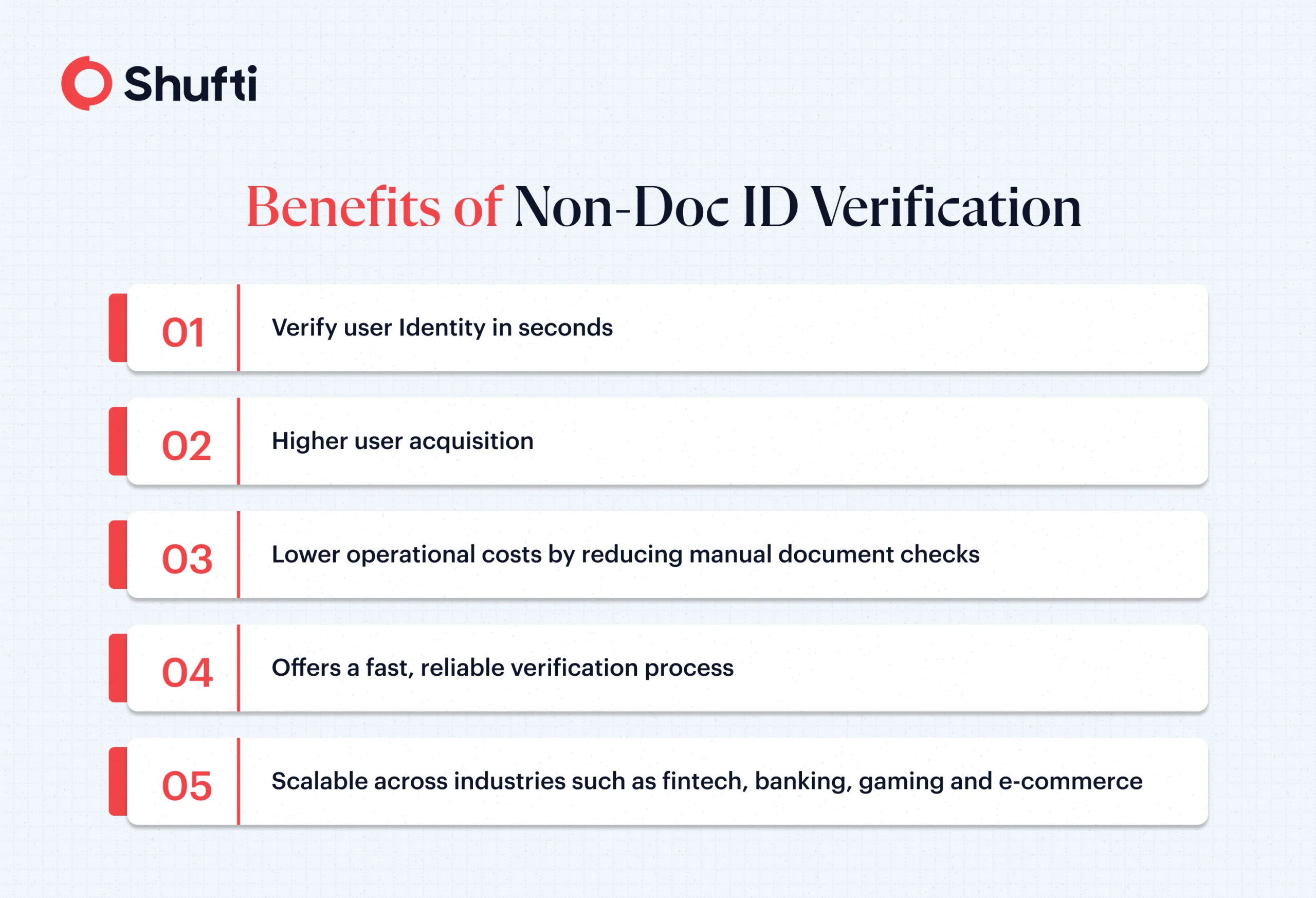
How Non-Doc ID Verification Works
To see how this magic happens, here’s a simplified explanation step by step:
1. Input:
The user inputs the essential details, such as their national ID number, name, or date of birth, into the system.
2. System Check:
The non-doc verification system queries the government registries, credit bureaus, telecom providers, or banks with the information the user submitted. If a match is found in these datasets, verified data about the user’s identity is sent back to the system (including address, identity verification, name, etc).
3. Cross-Checking:
Once verified data has been received from the trusted datasets, the system verifies user information to see whether the data is aligned across several sources.
If the system check has identified John Doe holding SSN 1234 from a government registry, John Doe’s data from trusted sources ( such as the credit bureau, telecom providers, or bank records) must also reflect the same SSN 1234.
4. Optional biometric or liveness check:
If there is doubt as to the identity of the user, due to an impersonation attempt or conflicting data from different datasets, the identity checking system may require the user to provide a biometric fingerprint check or a liveness selfie check as an extra layer of verification to confirm the identity of the user.
5. Decision:
If the match is strong, the system verifies the identity of the user and clears them for onboarding. However, if there is still uncertainty, the user is flagged and asked for a traditional document upload, which is then manually reviewed.
What are the Challenges of using Non-Doc ID Verification?
Non-doc ID verification is a powerful tool. However, document-free ID verification may not be suitable because of:
1. Coverage Gaps:
The effectiveness and use of non-ID doc verification relies on credible data sources such as government registries and other governmental/semi-government entities that carry such information for users. Some jurisdictions lack such a reliable registry or real-time access.
2. Data Updation:
Users may change their addresses without updating the relevant national citizen registry in their jurisdictions. It is likely to assume that when a user changes their address, they may officially change their address after they have moved to a new place. Since non-doc ID verification relies on information from external data, these datasets might not reflect the true picture.
3. User Trust:
Sometimes, the users may feel a sense of distrust when their data is being checked in the background, especially in sensitive customer onboarding processes. However, non-doc ID verification systems may explain to the user what information is verified and why.
4. Regulatory variability:
Non-Doc ID verification cannot be used for industries that require strict regulations. Traditional banking, for instance, especially for high-value accounts, requires the physical or digital submission of official ID documents to meet the strict KYC/AML regulations.
What are the use cases of Non-Doc ID Verification:
While non-doc ID verification is not a one-size-fits-all solution, it fits perfectly for specific low to medium-risk use cases, such as:
- Financial Services (Low-Risk Onboarding)
- Online communities and forums.
- Social Media Platforms
- Subscription Services
- Cryptocurrency
- Gaming
The Legal Framework for Non-Documentary Identity Verification
In the United States, non-doc identity verification is primarily governed by the Bank Secrecy Act (BSA) and the USA Patriot Act. U.S Federal Legislation outlines regulations for Customer Identification Programs (CIP) under the BSA for verification through non-documentary methods.
For banks relying on non-documentary methods, the bank’s CIP should describe the non-documentary ID verification methods that are to be used:
U.S Federal Legislation 31 C.F.R. § 1020.220 (2023).
Simplify Non-Doc ID Verification with Shufti
Make identity verification faster, smoother, and more secure with Shufti. Our Non-Doc ID Verification solutions offer a seamless user experience, letting you verify customers in real-time without the hassle of document uploads.
- Interoperability with Electronic IDs (eID): Verifying users with government-issued eID solutions by virtue of interoperability with government-issued eID, without the need for manual document submission.
- External Data Sources: Cross-referencing user data with trusted external databases like government ID registries, financial institutions, and credit bureaus.
- Fast ID Verification: Shufti’s trademarked Fast ID technology allows one-time identity verification with the ability to automatically reuse for multiple platforms, connecting the closed-loop ecosystem partner.
Let Shufti power your identity verification process, so you can focus on what matters for your business. Request a demo to discover how our solution builds trust with a frictionless user experience and helps you scale effortlessly.


